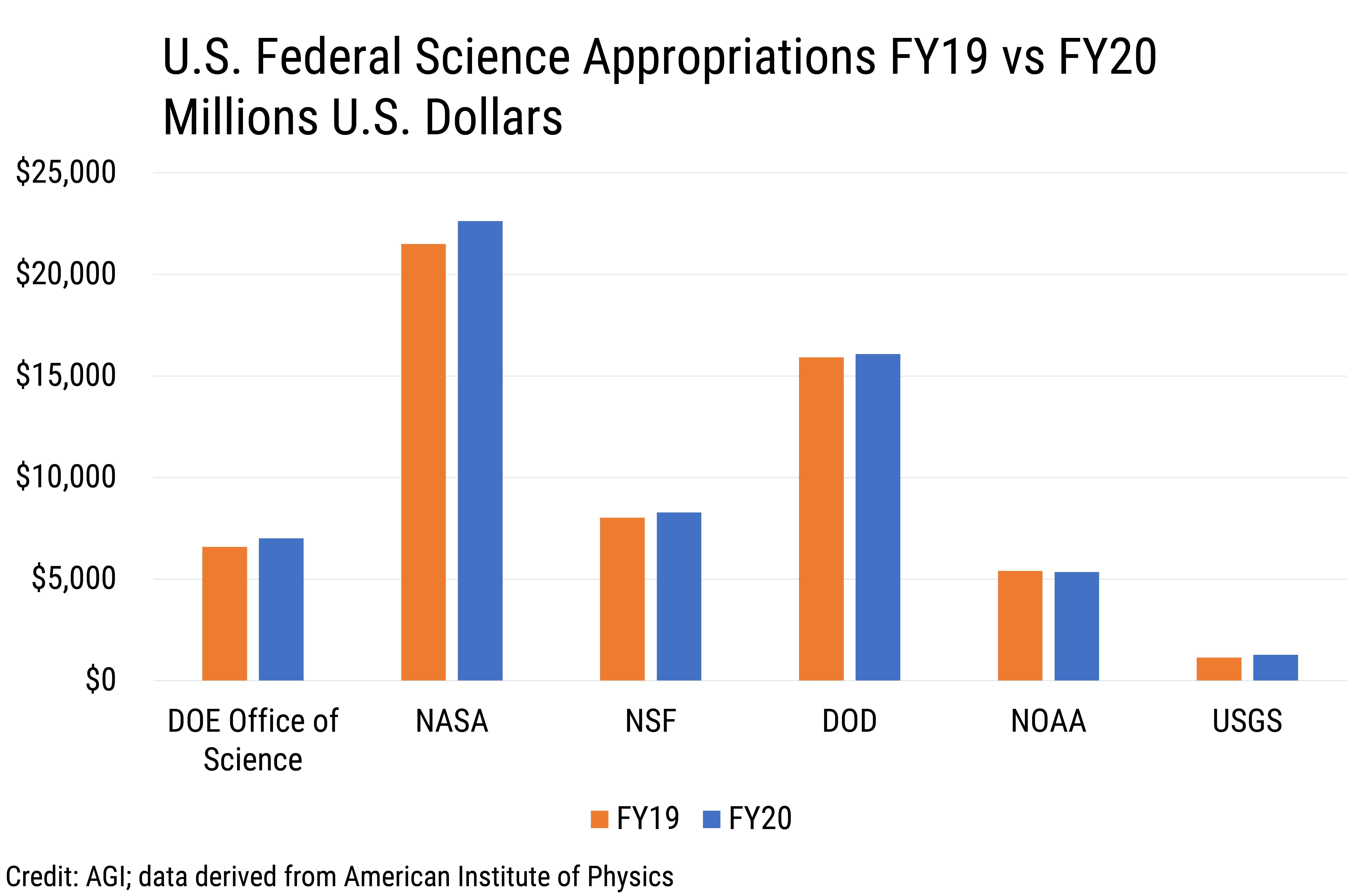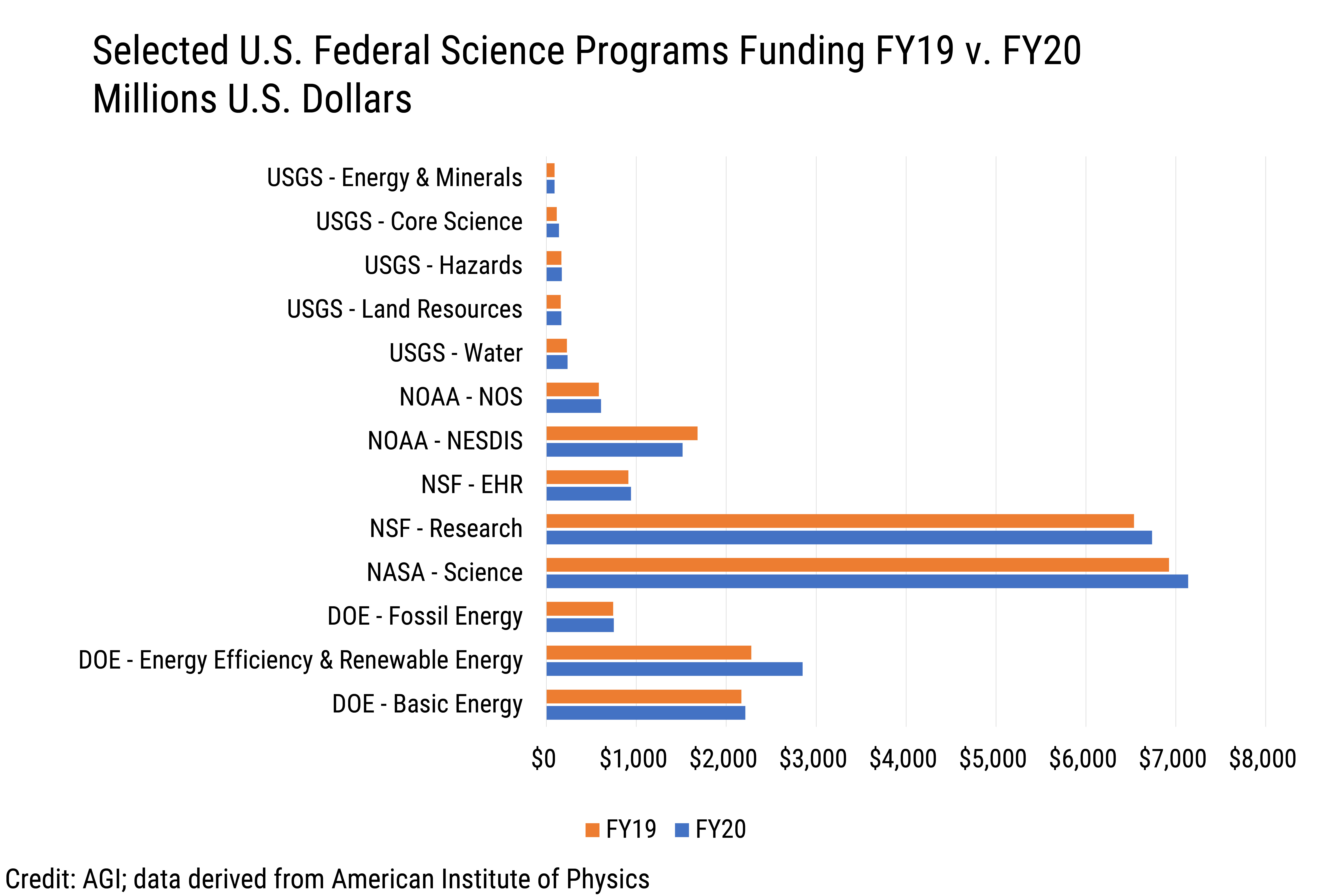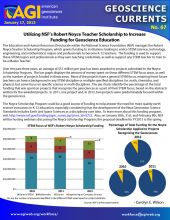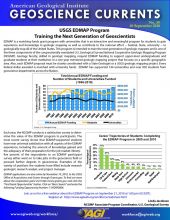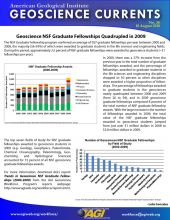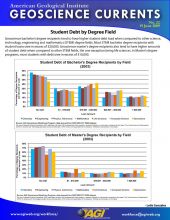A Comparison Between FY19 and FY20
On December 20, 2019, President Trump signed HR 1865 into law, granting one of the first full budgets to federal government agencies in several years. Though the proposed budget by the President included widespread budget cuts for science-related activities, the budget bill passed by the House and Senate and signed by the President actually increased science investment by the U.S. Government. Of the major civilian science-related federal agencies of interest to the geoscience community, only NOAA saw an overall reduction in their budget of 1%. Some federal agencies, such as the USGS, saw increases of 10% or more, which stands in stark contrast to the 15% reduction in the proposed budget.
Budget changes varied widely between divisions within these federal agencies. A number of these divisions that are important to the geoscience community are shown below. One of the largest changes between the proposed and actual budget is for the U.S. Department of Energy Office of Energy Efficiency and Renewable Energy which saw a 20% increase from FY19 in contrast to a proposed cut of 86%. Likewise, the relatively steady total for the U.S. Department of Energy Office of Fossil Energy masks major shifts internal to the Office, including a 17% increase in the budget for carbon capture programs.
The American Institute of Physics provides an outstanding tool for analyzing the federal science budget with their Federal Science Budget Tracker (https://www.aip.org/fyi/federal-science-budget-tracker).


